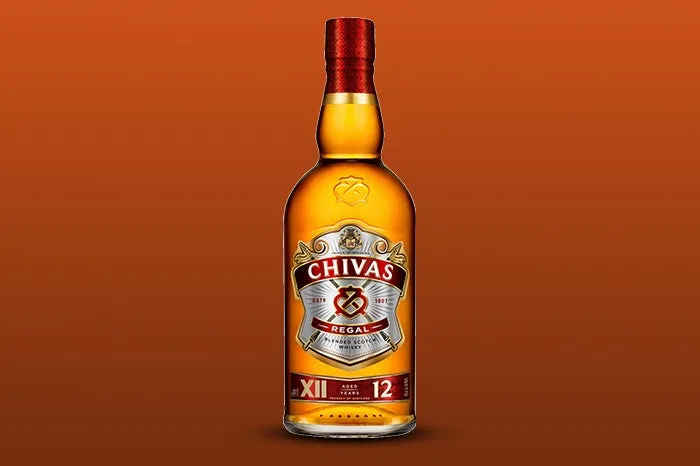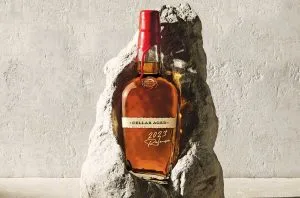If you’re not already familiar with Scotland’s native whisky, here’s everything in a nutshell: It’s made in Scotland, usually from germinated barley (malted barley), and is aged in oak barrels for a minimum of three years. Some are smoked with peat, which adds distinctive smoky or iodine aromas and flavors. Others are cask-finished for additional nuance.
As for how long a Scotch should be aged? Most professionals suggest a range between 12 and 25 years, although that can vary depending on the flavor profile you prefer and the style of the distillery or region. In general, when the wood notes from the barrel overshadow the character of the whisky, many experts consider that undesirable.
Scotches aged 30, 40 and older can be sourced, but those are often quite rare—and accordingly, expensive. It’s unusual to find Scotch aged 25 years or older priced below $150.
Of note, the age statement for Scotch indicates the age of the youngest whisky in the bottle. That means a single malt labeled as 18 years old, for example, may include older distillate.
Those seeking a Scotch with a specific age in mind may prefer to hone in on single malts. (Note: a single-malt Scotch means the whisky is made at one single distillery.) Plenty of single malts are released with age statements, although many distilleries release non-age-statement single malts.
By comparison, blended Scotch incorporates distillate from multiple distilleries. Some blended Scotch bottlings note a specific age or range of ages, but a great many are
This Article was originally published on Wine Enthusiast





![Your Guide to the Wine and Food of France [MAP]](https://wineconstantly.com/wp-content/uploads/2024/04/your-guide-to-wine-and-food-in-france-infographic-google-768x432.webp)